Home End use Outdoor & Sports Skiing and Snowboarding
Protecting the body when exercising in cold environments is vital. Sunny Special is a fabric supplier for ski and snowboarding clothing with three layers. For the outer layer, we can include windproof, waterproof, moisture-management, and elastic features. Proper warmth on the mid-layer. Finally, moisture wicking and quick drying are our basic features on the base layer.
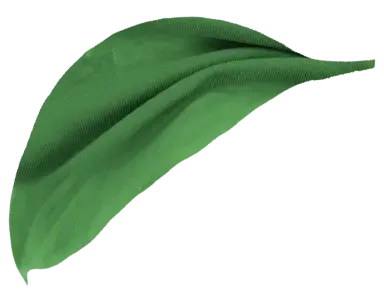

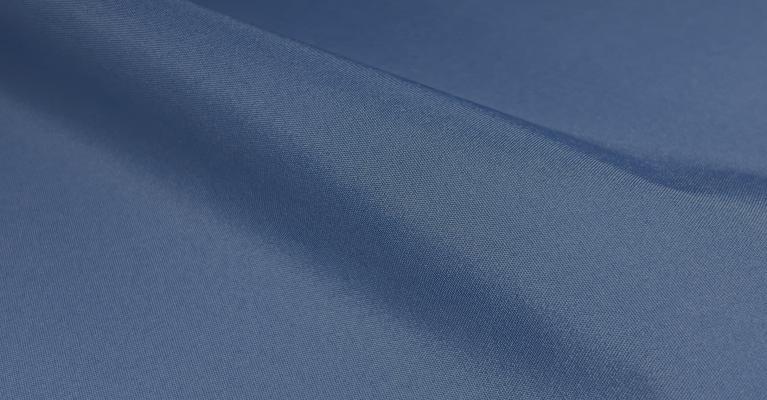

4PP0425GW-01
This recycled polyester fabric features an eco-friendly PP membrane with a microporous design for reliable waterproof and breathable performance.
Perfect for sustainable outdoor apparel that demands comfort, protection, and durability.
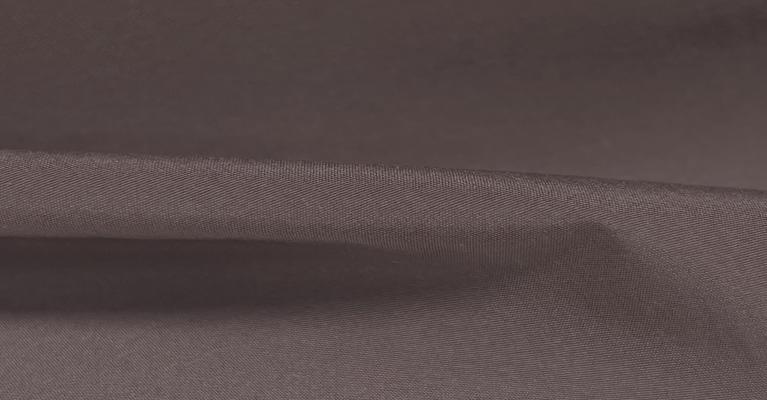

4NP0727GW-01
Recycled nylon with a super soft, cotton-like texture delivers comfort and sustainability in one fabric.
Its waterproof and breathable design makes it ideal for eco-friendly jackets and outdoor gear.
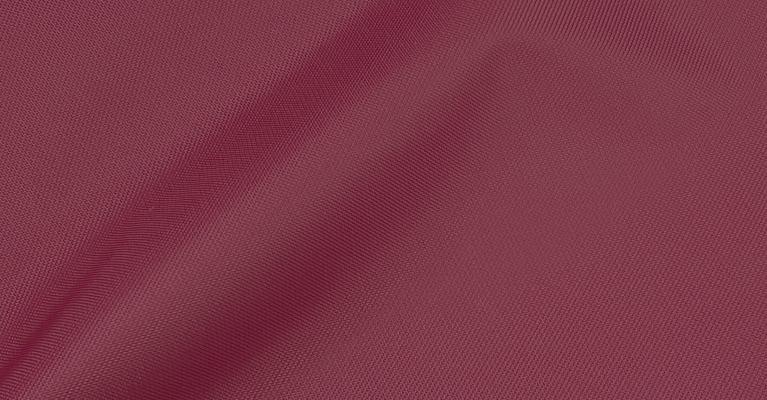

4NP0043MC-01
Featuring a classic smooth nylon surface, this fabric delivers a timeless look with a sleek, refined finish.
Enhanced with a microporous coating, it provides waterproof and breathable performance, ideal for outdoor and active apparel.
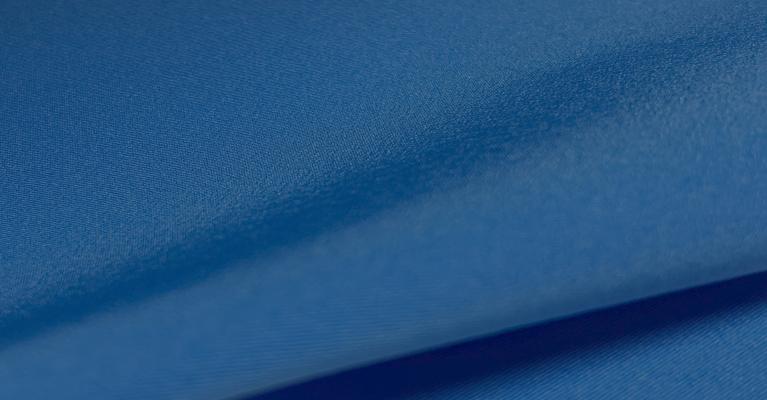

4NT0116GW-01
4-way stretch fabric with a soft, comfortable handfeel delivers flexibility, comfort, and reliable performance.
Its waterproof and breathable design makes it perfect for high-performance jackets and outdoor gear.
Thermal yarn is used to enhance warmth or lighten equipment for keeping warm in the snow. Whether microporous coating or PU, TPU lamination is our technique for a high-quality breathable waterproof jacket that is among Sunny Special’s expertise.
For the specific application of clothing, the primary function of water repellent is to reduce the absorption of water by the fabric so that the water can be "pulled away" on the fabric's outer layer.
Waterproof treatment is an impermeable barrier, such as coating or lamination, so regardless of whether the material absorbs water or not, it keeps all water out.
Air permeability refers to the ability of air to pass through a textile. When the air permeability of the fabric is high, you can feel the breeze even when you are wearing clothes. Conversely, when the air permeability of the fabric is low, the wind resistance is good; even a strong wind will not be able to affect it.
Water vapor permeability refers to the ability of water in the form of vapor to pass through a textile, which is an essential function of waterproof and moisture permeability. After steam emanates from the body, it can leak from the clothing system to significantly improve the wearer’s comfort.
There are many different test methods for water resistance and moisture permeability values, with considerable differences in data when choosing these different methods.
We use special yarns and structures to achieve the best thermal regulation results.

Breathability and a tighter fabric structure reduce the amount of wind and provide wind-resistant protection for walking in a cool breeze or suddenly having a strong wind when mountaineering.
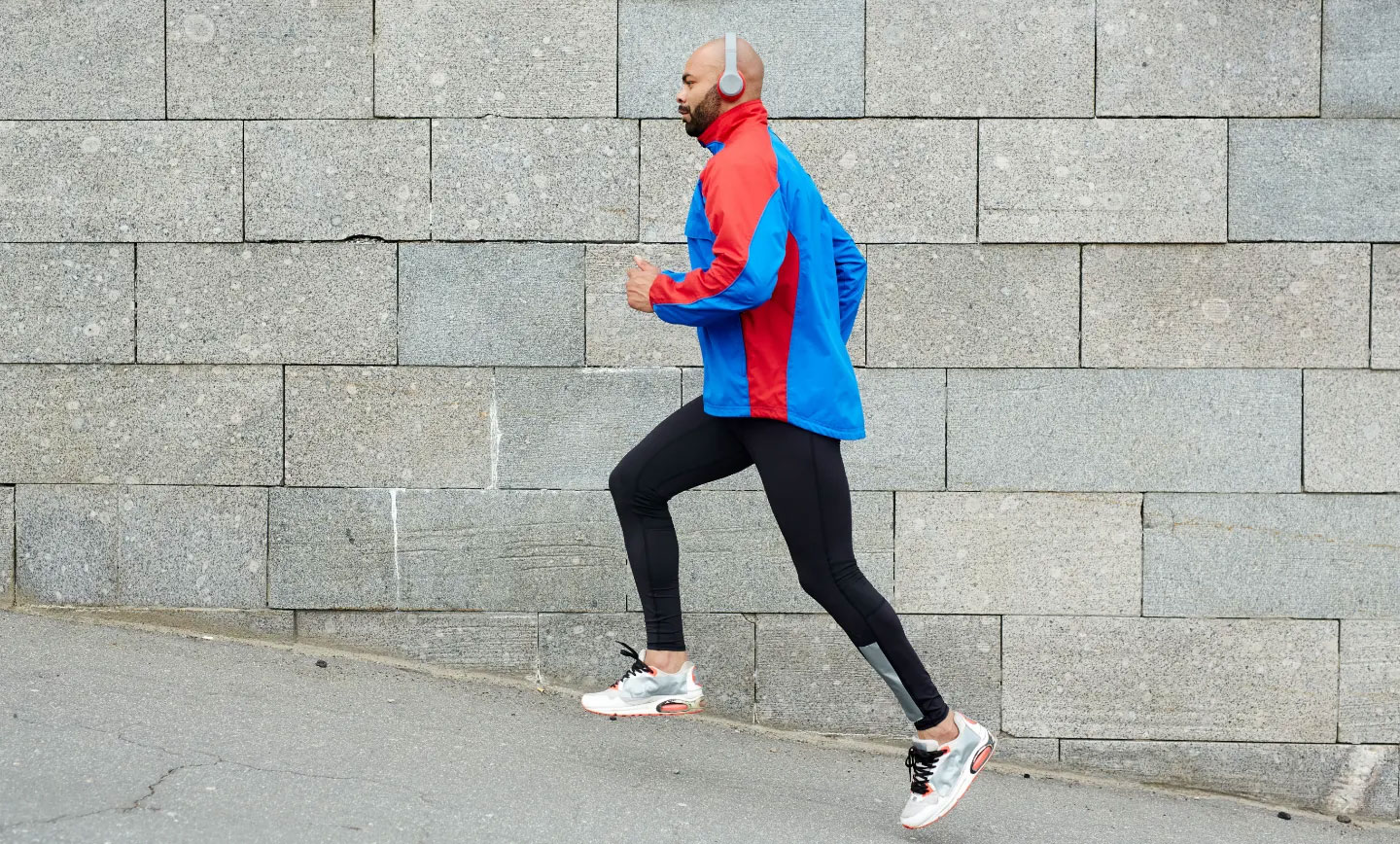
Waterproofing is essential to keeping snow from soaking through to your underlayers and the body while skiing or snowboarding while retaining breathability and comfort.
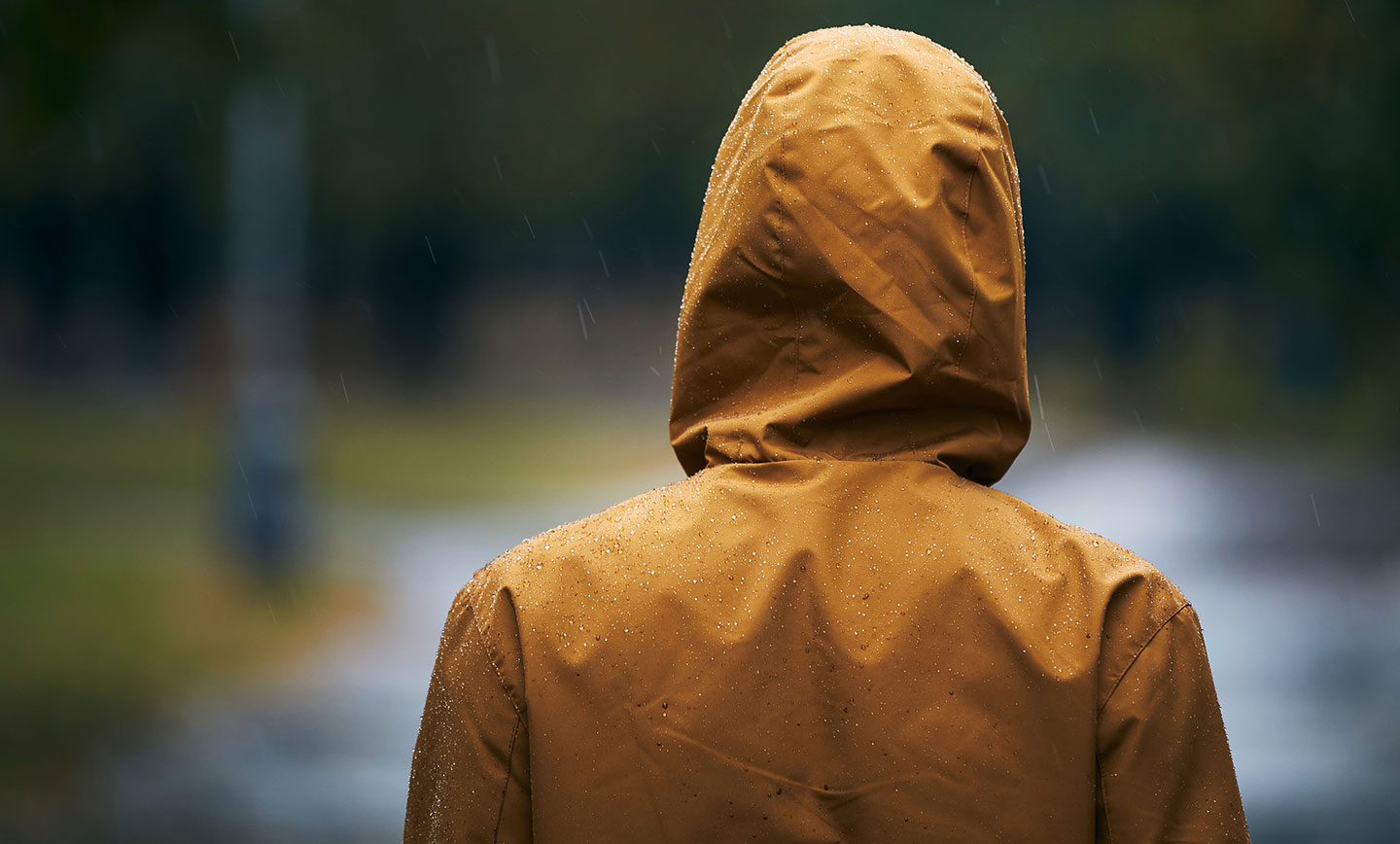
Effectively prevents down penetration, letting down or insulation fiber have the greatest effect.
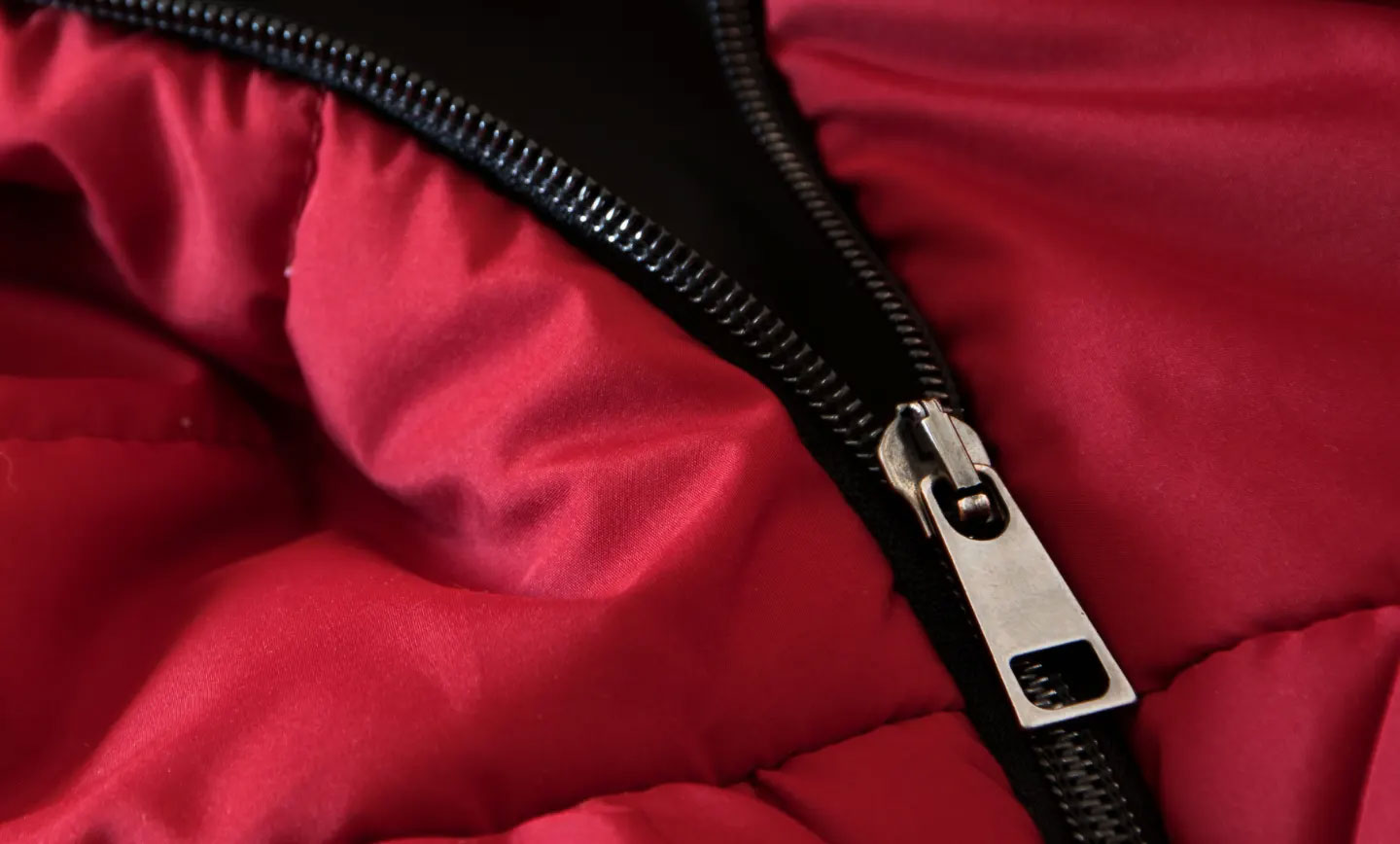
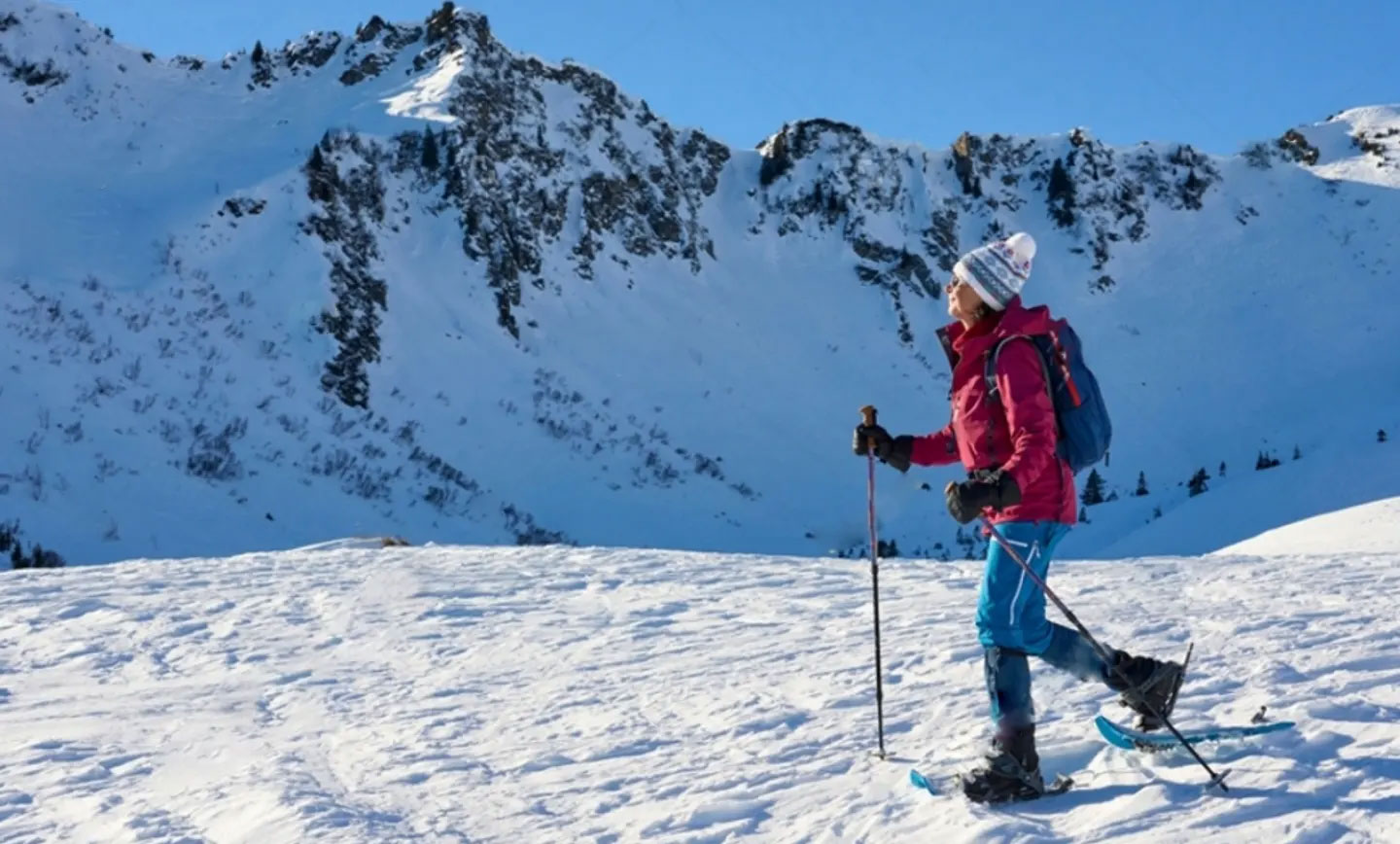

We use special yarns and structures to achieve the best thermal regulation results.
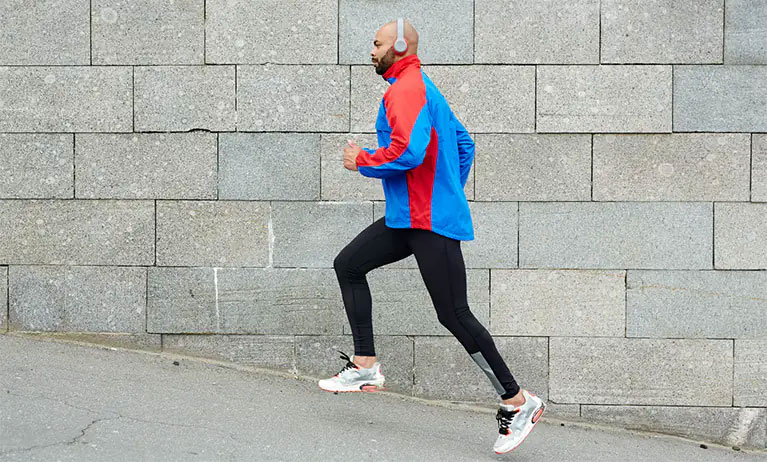

Breathability and a tighter fabric structure reduce the amount of wind and provide wind-resistant protection for walking in a cool breeze or suddenly having a strong wind when mountaineering.
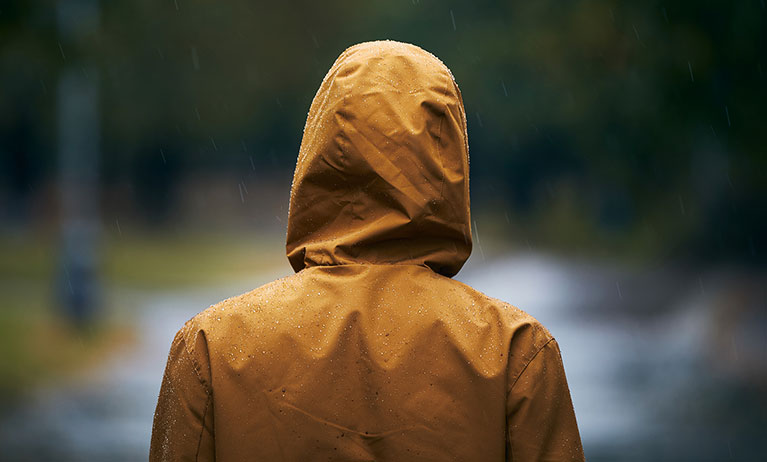

Waterproofing is essential to keeping snow from soaking through to your underlayers and the body while skiing or snowboarding while retaining breathability and comfort.
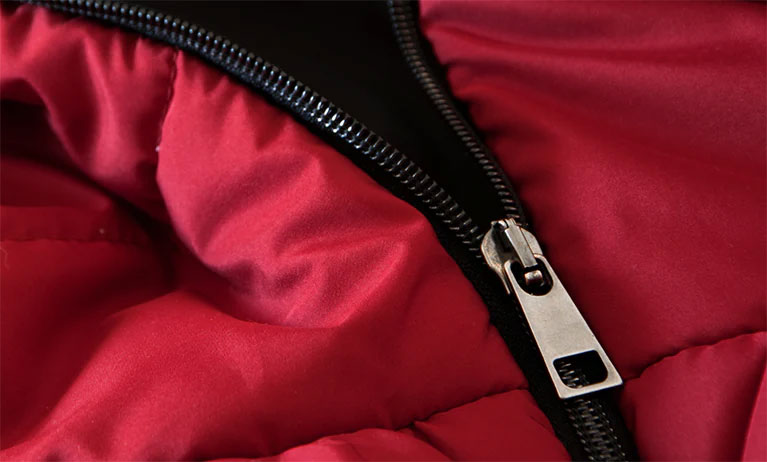

Effectively prevents down penetration, letting down or insulation fiber have the greatest effect.

